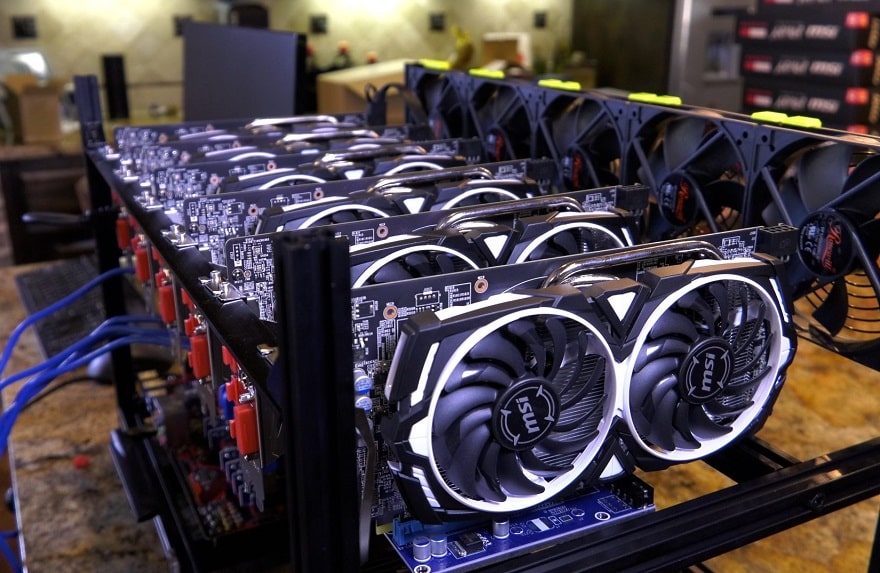
For old mining facilities, all is not lost
According to the miners profitability index, monitored by the PoolIn and F2Pool mining pools, old mining facilities, such as Bitmain's AntMiner S9 or Canaan's Avalon A851, can now generate a gross margin of 10% to 20% at an average cost electricity of $ 0,05 per kilowatt-hour (kWh).
For those who have adopted methods of improving mining efficiency, such as merging two S9 into one or reducing tension to increase efficiency, the gross margin could increase from 30% to 40% of the current bitcoin price.
And as we have already reported, the imminent rainy season in China - which is estimated to represent 70% of the total mining power of bitcoins - will bring an excess of hydroelectric energy which will result in electricity costs below 3 cents per kWh.
If the price of bitcoin and the difficulty of mining remain constant, older generation mining models such as the S9 could remain marginally profitable even after the halving of the reward, which will bring the daily number of bitcoins extracted from 1.800 to 900 units.
Meanwhile, the top machines of the main manufacturers including Bitmain's AntMiner S17 and S19 series and MicroBT's WhatsMiner M20 and M30 series can bring efficiencies of over 60%, even at an average cost of 5 cents per kWh.
"Today's price movement would also bring back those miners who recently disconnected due to profitability problems," said Dmitrii Ushakov, commercial director of the Russian mining hosting company BitRiver.
The consequences of the collapse of 12 March
Following the collapse of bitcoin prices on March 12, its worst sell-off in seven years, a wide range of older mining platforms have been forced to pull the plug on the grid, generating a 16% drop in mining competition in the end of March.
The decline in competition in the mining sector, along with the rebound in bitcoin prices after March 12, initially helped older miners become marginally profitable. As a result, Bitcoin's total hash rate has risen to an almost historic high of 110 exhahash per second (EH / s) in recent weeks.
But over the same period, the price of bitcoin remained stuck at one quotation by about $ 7.000 a week, which put pressure on mining companies that have relied on older models by cooling the slowdown in purchasing more powerful and high-level equipment on a large scale.
That said, bitcoin mining is a dynamically changing game. As the halving of bitcoin approaches, those who rely on older mining equipment, without access to cheap electrical resources, are found to be expelled from those who perform efficient operations.
